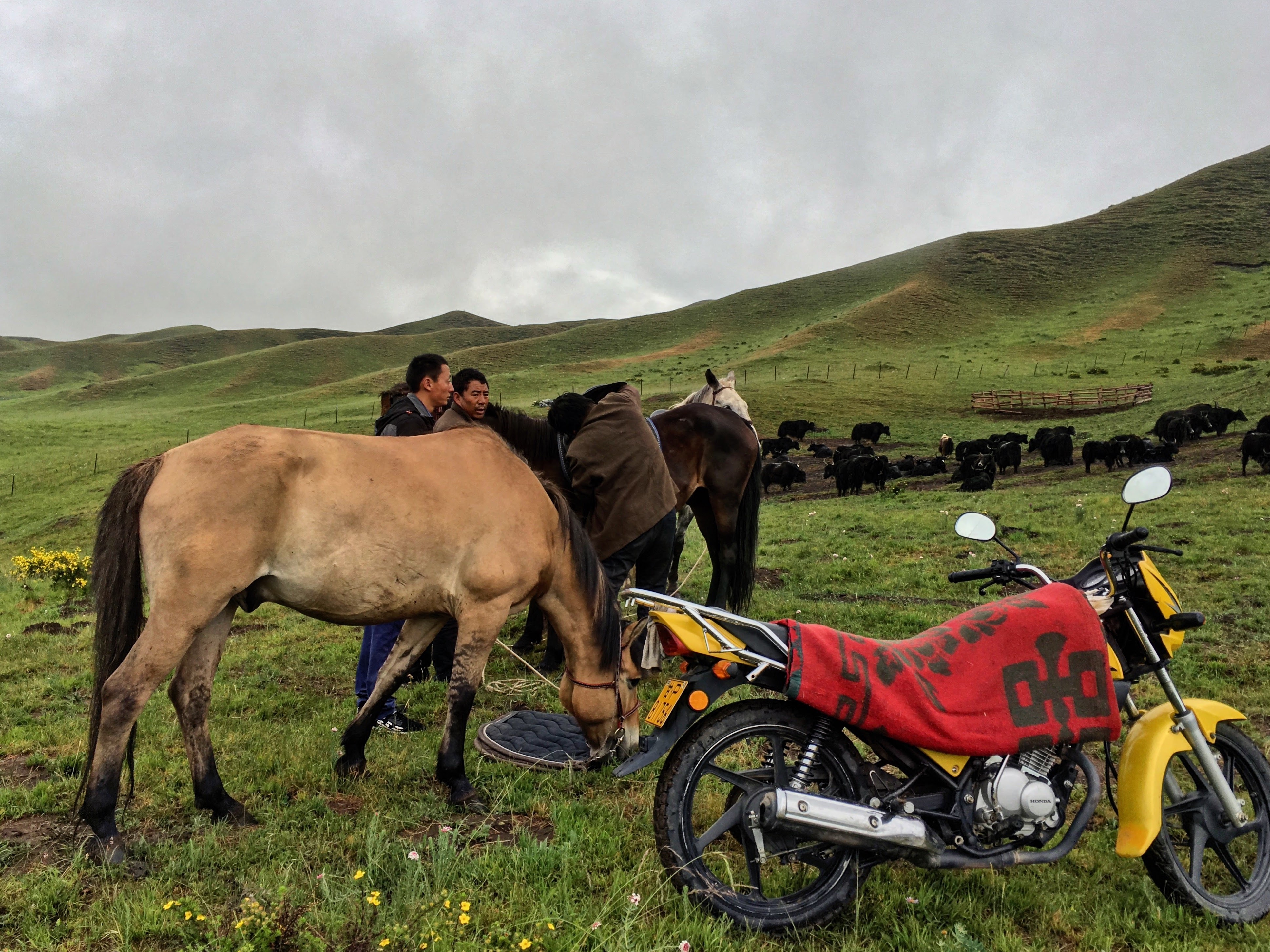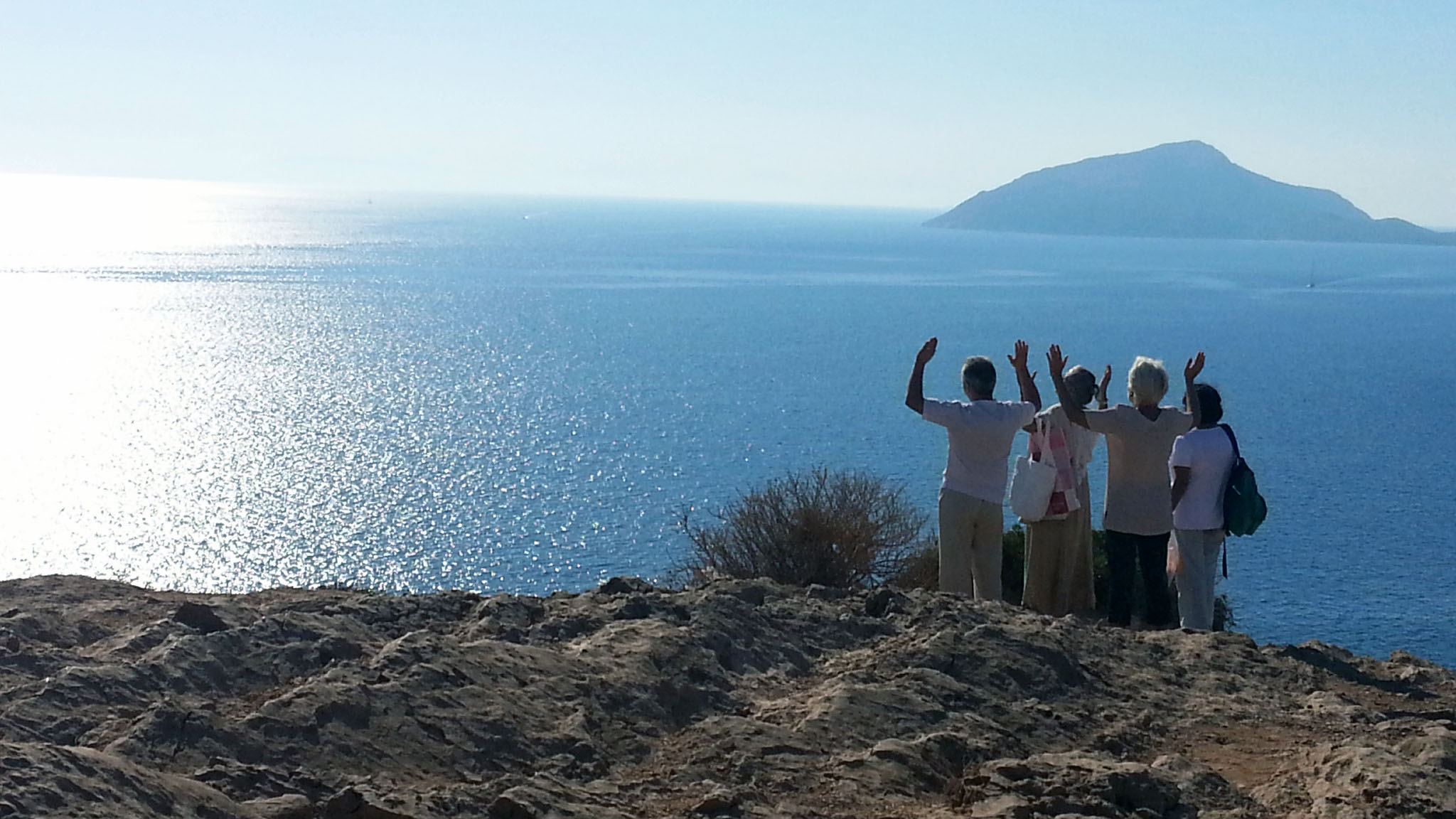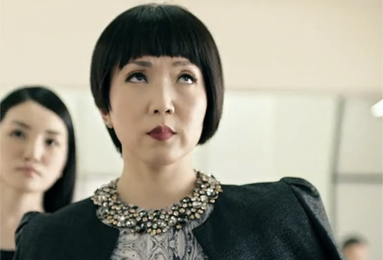A long time coming
In 2013 I traveled solo to Greece. Both of which were firsts for me; going to Greece + traveling by myself. Over the course of 3 weeks, I ventured across the archeological landmine known as the mainland and took an overnight ferry to Crete. When I wasn’t touring, Athens and Chania became temporary squatting hubs.
But it wasn’t until recently that I noticed Greece would creep into random conversations and silhouette my dreams. Whether it was recalling a now-hilarious transportation disaster or some serendipitous encounters; Greece left a deeper impression than I previously reckoned.
So why did it take this post 4 years to materialize? I’ve always looked back fondly on this trip and it gave me travel photography bragging rights for weeks. But, I guess, like a good bone broth (that’s ‘hip’ these days, right?), ingredients required time to ruminate, to slowly simmer, until each memory found its way to the top. Finally, impurities were patiently ladled away until distant memories revealed moments of clarity on why this trip was spectacular to me.
What’d you think about all those ruins?
The first question I typically get is: did I visit the Acropolis? I did, among many other archeological sites. Immediately followed by: what did I think about them? At this point, I think they’re trying to quiz my or their own ancient Greek philosophy, history, and mythology knowledge. But for anyone who had an all-generic high school ‘European history’ class like mine, I know I won’t have a good follow-up after “Man that Mycenaean period, so much cruder than a Hellenisitic period, but got to respect the Bronze Age”.
So I opt for a more personal answer. After 3 or so sites, I was ancient Greek’d out. I did, however, enjoy questioning the meaning of life and time with each visit. Picture staring out across a boundless ocean on the right and gazing up until the sun hurts your eyes at the Temple of Poseidon on the left.
Yet, on the relatability scale, the sites would be there with ‘Fox and Friends is my news source’ end. It was the present everyday happenings and planning which stirred my emotions. What better time than the present?
The little things
The everyday happenings. Meeting generous and quirky people on the road for one. My first local interactions were with Airbnb hosts, who were warm and curious people. I sat down for tea and snacks with my first host and her friend. The three of us exchanged stories of what was important in our culture then, work, and life. For Greeks, the conversation had a curious pattern which began with a personal story and ended with ridding fascism (anti-austerity protests were going strong then). Were their invitations to dinner genuine? Yes, I think so. It also helped their 5-star reviews.
My next memorable interaction happened in Chania. Tucked away on a winding alleyway is a record shop and sitting in the back is the owner. His appearance is a cross between Tommy Chong (from Cheech and Chong) and Doc Brown. We talked about tourism on the island. His first observation was that I was Asian. Second, I was one of his few Asian patrons. He then said, there aren’t many Asians that visit Chania except for residents of Formosa. For those who are unfamiliar The Republic of Formosa, was once a republic in present Taiwan. “It was a short-lived republic in 1895 between the formal cession of Taiwan by the Qing Dynasty of China to the Empire of Japan1“. No one has used that phrase so casually in 80-odd years. I was shocked.
Laughing at myself
Other daily adventures were personal. When traveling alone you face many truths about yourself. How coordinated, patient, and brave you are or aren’t.
Some memorable moments included: the adventurous driving along Crete’s coast. It was my second time seeing the Mediterranean Sea but my first time driving along its coast. Its beauty must’ve really captivated me because I took a wrong turn on an uphill dirt road (in a Corolla).
On my return to Athens, I felt the power and revitalization of a good protest for the first time. I unknowingly followed their route for 20 minutes. As I popped from park to store I seemed to be on their tail. It was inspiring to see the energy of the anti-austerity protesters until a mandated lockdown was ordered in the store I was in. The staff locked the doors and pulled down metal gates. We waited until the protestors and police were deemed at a far enough distance before we could leave. I realized, years later, the irony of witnessing Democracy’s birthplace struggling to cope with an election of a Golden Dawn member into the Parliament.
Lastly, a minor hiccup. A leisurely last day was budgeted for Athens’ art scene. The visit to Athens Biennale was cut short after realizing my flight home was actually 22:00 not 10:00 (next day). Whoops.

My little front-wheel drive Corolla

Anti-austerity protesters

Athens Biennale visit was cut short. Whoops, flight is in 3 hours, not tomorrow
Lessons learned
It’s near impossible not to have introspection and retrospection on solo vacations. In the trip’s denouement, three major thoughts sparked.
The first thought. Traveling can feel like having an overzealous yoga instructor at your first-ever yoga session. Traveling in unknown territory come with twists and turns that put you in uncomfortable, awkward positions. But once you warm up, hurdle over mental and physical blocks, you achieve a greater connection with your surroundings and self.
The second thought is more of a promise to myself. I will learn one new fact about the city and its people during travel. Whether reading the latest headlines or brushing up on the city’s history, a little homework has helped my trips be more enjoyable through understanding the city’s vibe a bit more. Then when I arrive at my destination, speak to locals and ask them to kindly share with you. Their experiences, opinions, and food.
My final thought, traveling is fun. With planned activities and traveling within traveling it’s easy to forget. I’m a person who likes to play it loose but secretly loves control. In a new place, the feeling of not knowing is mildly anxiety inducing for me. Its taken a bit of reflection before I recognized the stress I encounter while traveling was a “good” kind of stress. The kind that keeps you on your toes. And for the sake of a good vacation, that mild discomfort can, for the time being, be seen as thrilling.
The little things.









































 Tibet’s culture and heritage don’t stop at Tibetan borders. Tibet is, after all, defined by its culture, not by borderlines. While there is a lot of Tibet to discover, Amdo or Kham may be the wiser choice, especially for those who enjoy independent travel.
Tibet’s culture and heritage don’t stop at Tibetan borders. Tibet is, after all, defined by its culture, not by borderlines. While there is a lot of Tibet to discover, Amdo or Kham may be the wiser choice, especially for those who enjoy independent travel.












 W+K broke away from these images with its ‘Be amazing’ campaign. The spot featured a sweaty, frazzled Ella, the singer from Taiwanese girl band S.H.E, after a workout. Nike was also one of the first brands in any category to address familial and societal pressures young girls commonly face in China, including a love/hate relationship with the mirror and pressure to conceal their curves.
W+K broke away from these images with its ‘Be amazing’ campaign. The spot featured a sweaty, frazzled Ella, the singer from Taiwanese girl band S.H.E, after a workout. Nike was also one of the first brands in any category to address familial and societal pressures young girls commonly face in China, including a love/hate relationship with the mirror and pressure to conceal their curves.